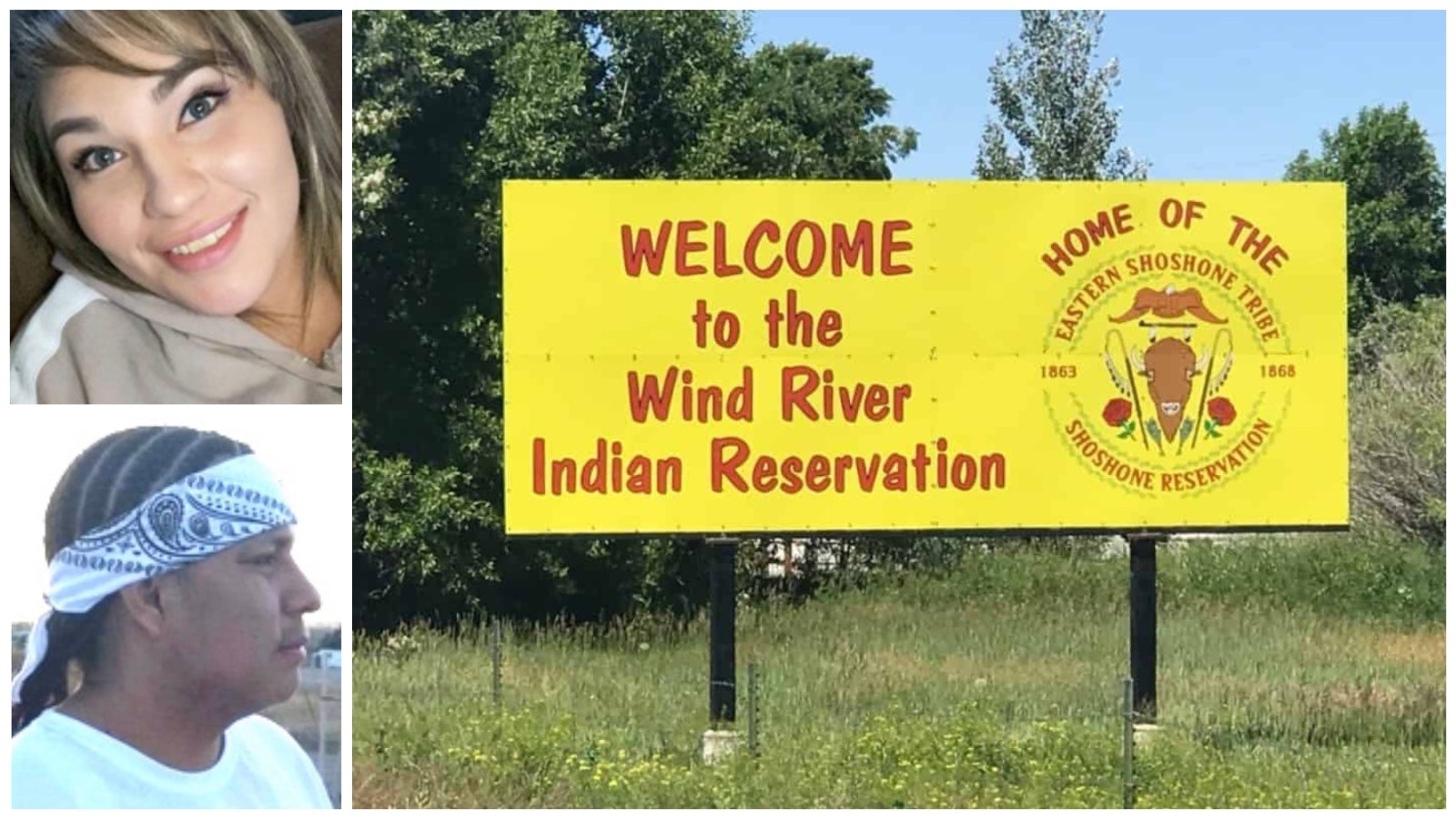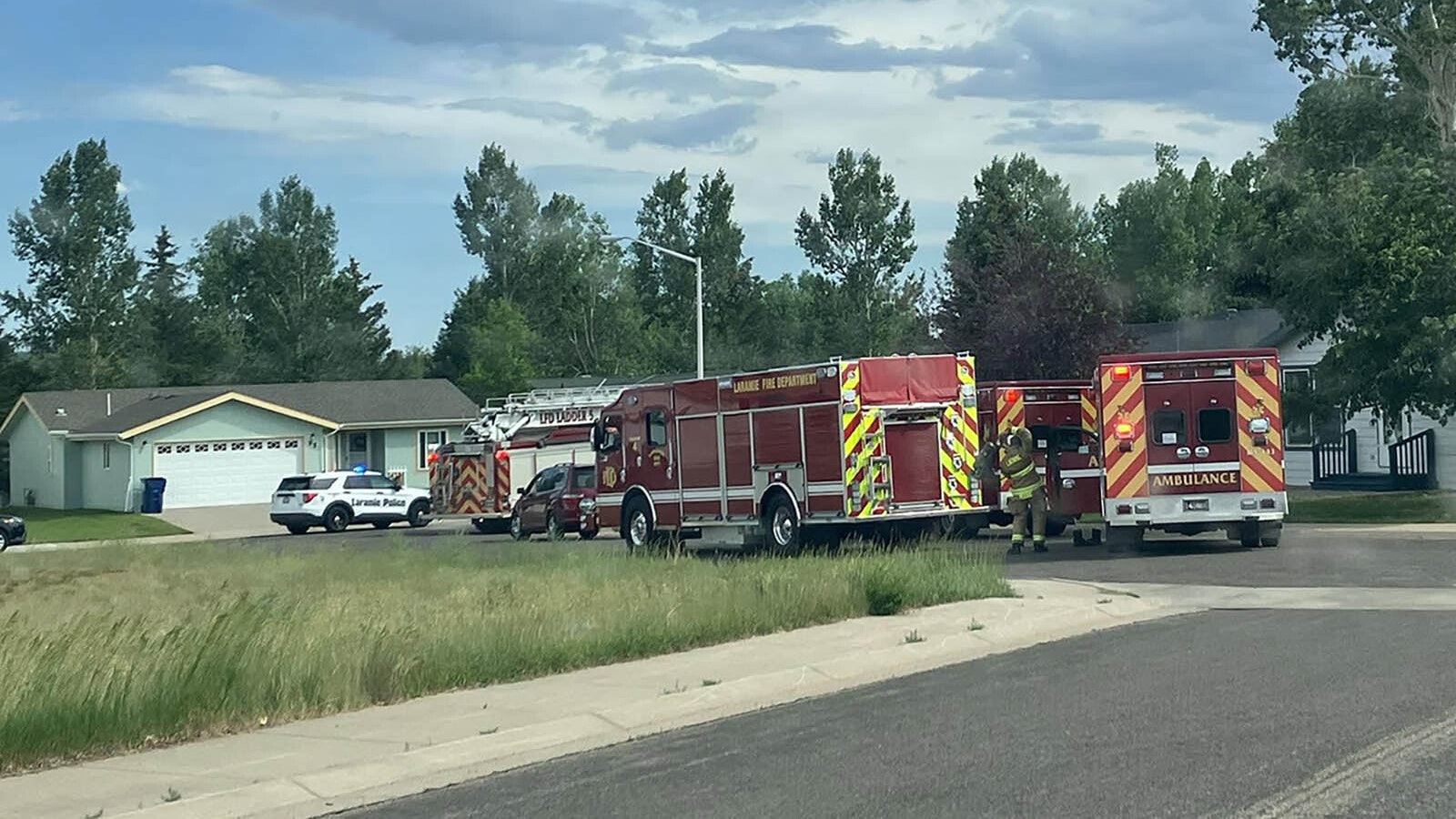The mysterious death of 23-year-old Jade Wagon, whose body was found face-down in a snowy pasture on the Wind River Indian Reservation in January 2020, is more than just a statistic.
Technically, Wagon’s death was determined by a coroner to be the result of hypothermia, though questions remain for her mother, Nicole, who believes there is more to her daughter’s death.
Gustave Yellowhair, 37, of Ethete, is another. Yellowhair was murdered on the WRIR in April 2023. To date, no suspects have been charged and his case remains under investigation.
Wagon and Yellowhair represent two of the many missing or murdered Indigenous people from the Cowboy State that give Wyoming one of the highest rates of missing and murdered Indigenous peoples in the nation.
By The Numbers
Homicide deaths among Indigenous peoples in Wyoming remain disproportionally high compared to white residents, despite comprising only 3% of the population, according to new data released by the Wyoming Missing and Murdered People Task Force on Wednesday.
The 2023 five-year homicide rate for Indigenous peoples in Wyoming was 19.6 per 100,000 residents. This is down from a record-high rate of 25.9 in 2020, but still much higher than homicides for other races, according to data collected for the task force by Wyoming Survey and Analysis Center at the University of Wyoming.
In fact, Indigenous homicides are nearly seven times higher than the rate for white Wyomingites at 3.7 per 100,000 residents.
Indigenous males, likewise, fared much worse than women, according to the report.
Among those homicides, males accounted for 28.8 per 100,000 deaths compared to 10 per 100,000 for women.
These figures were demonstrably higher than white homicides, which averaged 3.6 to 3 per 100,000 over the same five-year period, 2019-2023.
Emily Grant, one of the authors of the report, explained at the virtual MMIP task force quarterly meeting Wednesday that the data was compiled from death records from the Wyoming Department of Health and Vital Statistics Services in 2023.
For the purpose of this report, Grant said the term “homicide” refers to a death caused by another person but does not include those who may have an incorrect classification on their death certificate.
Grant also said the task force switched its methodology this year to analyze the data over a five-year average to account for fluctuations and “really big swings in data” given the state’s small population.
Missing Person Rates High, Too
Over the course of last year, there also were 177 records for 110 unique Indigenous people reported missing in the National Crime Information Center (NCIC) database throughout six Wyoming counties, mostly from Fremont County. This accounted for 18% of all Wyoming missing person cases in 2023.
Of those, 76% were people reported missing for the first time while 20% had been reported twice and 14% three times or more, according to the report.
Most of those missing person cases, 109, were overwhelmingly female compared to 68 males.
Much like all missing person cases in the state, 65% of those Indigenous people who were reported missing were found the same day or within a week.
As of the publication of the report, there were 90 active missing person cases reported to NCIC in Wyoming, 11 of which are Indigenous people.
Wyoming Among The Minority
Wyoming is among eight states in the nation that do not have laws on the books requiring law enforcement agencies to report missing adults to any state or federal database.
“It [the law] says that they may be entered into NCIC, there's nothing preventing it, but there isn't a law requiring it,” Grant said. “So, there's no way for us to say for certain this is all of the missing adults.”
Along with mandatory reporting to NCIC, other states also require that missing person cases be reported to other federal databases such as the National Missing and Unidentified Persons System (NamUs), the Combined DNA Index System (CODIS) as well as the Violent Criminal Apprehension Program (ViCAP).
State law, however, does mandate that DCI maintain a central repository and clearinghouse for missing persons throughout the state.
Despite the law not requiring cases be entered in NCIC, Katie Koskelowski, who oversees the missing person clearinghouse for DCI, said those cases are being reported by Wyoming law enforcement agencies.
A Larger Story
Gathering data is part of the MMIP task force’s mission in collecting information that helps define the scope of the problem to give them a starting point, according to Cara Chambers, director of Victims Services for the Wyoming Attorney General and task force lead.
Prior to 2019, none of these figures existed, Chambers said, which is the first step in documenting the scope of the MMIP problem in Wyoming.
The Federal Bureau of Investigation (FBI) is also upping its effort to get a better understanding of how many unsolved homicides, missing persons cases and other unsolved crimes exist among Indigenous peoples in Wyoming.
On Feb. 8, the agency announced it would collect tips and information via a call and email tip-line for the next 90 days to solicit information from the public about any unsolved murders or missing cases of Indigenous peoples in Wyoming.
FBI Special Agent Jedediah Oakley told the task force that its intent in collecting the data is to cast the widest net possible for creating and getting a better understanding of the nature and scope of MMIP, specifically to Wyoming.
“We know there's cases out there and we know there's people that need to be on this ‘list,’” he said.
There’s no hard deadline on calling in tips, he further explained, and said it was likely the agency would also set up an in-person meeting on the Wind River Indian Reservation for those who were more comfortable reporting in person.
Once the data is collected, Oakley said they would “start really digging in on the analysis side.”
Grant agreed that gathering data is only the first step in confronting the larger problem of MMIP.
“I know that writing numbers down doesn't bring people back,” Grant said. “It doesn't find people. It's part of the story.”
Jen Kocher can be reached at jen@cowboystatedaily.com.





